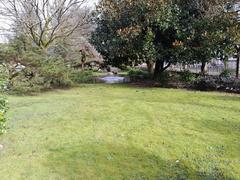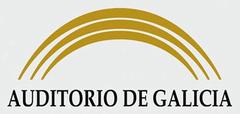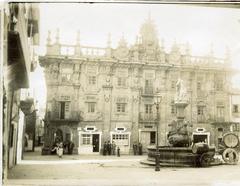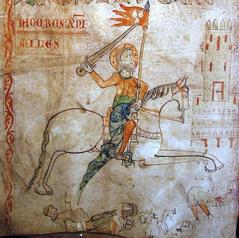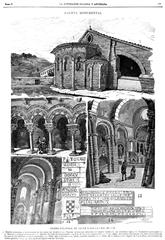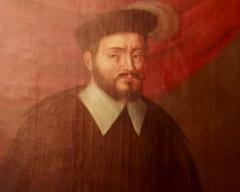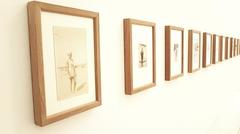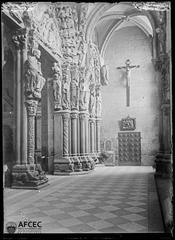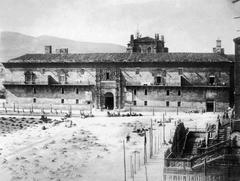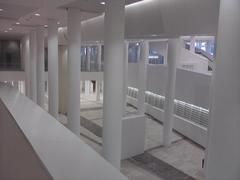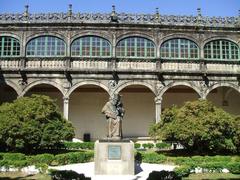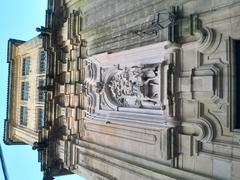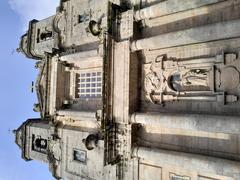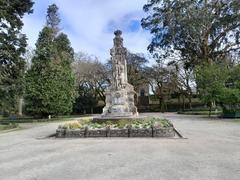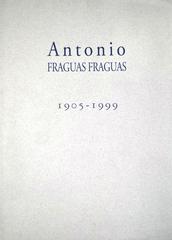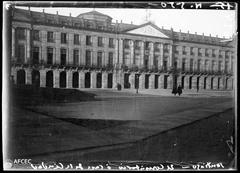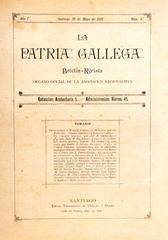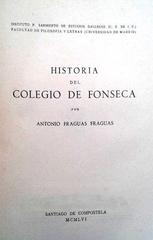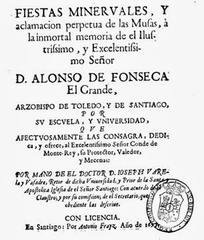
Hospital And Church Of San Roque, Santiago De Compostela
Hospital and Church of San Roque Santiago de Compostela: Complete Guide to Visiting Hours, Tickets, and History
Date: 03/07/2025
Introduction
The Hospital and Church of San Roque in Santiago de Compostela stand as enduring symbols of the city’s intertwined legacy of pilgrimage, healthcare, and religious devotion. Founded in the 16th century as a response to devastating plagues, this historic complex—dedicated to Saint Roch, the patron saint invoked against epidemics—embodies a unique combination of Renaissance and Baroque architectural styles. Today, it offers visitors not only a window into Santiago’s vibrant past but also a tranquil space for reflection amidst the city’s lively pilgrimage routes.
This detailed guide covers the history, architecture, social significance, visiting hours, ticketing, accessibility, and nearby attractions of the Hospital and Church of San Roque. Whether you are a pilgrim concluding the Camino de Santiago or a traveler keen on exploring Santiago’s lesser-known gems, this resource will help you fully appreciate and plan your visit to this iconic site.
For the latest visitor information, consult official resources such as the Santiago de Compostela tourism site, Patrimonio Galego, and ilovecompostela.com. Digital audio guides and virtual tours, available via apps like Audiala, can further enrich your experience (El Español).
Historical Background and Evolution
Origins and Foundation Amid Epidemics
The Hospital and Church of San Roque were established in the early 16th century, during a period when Santiago de Compostela faced recurrent outbreaks of plague. As a major hub on the Camino de Santiago pilgrimage route, the city was particularly vulnerable to epidemics brought by travelers. To protect the population and care for the sick, the hospital was founded near the city’s medieval walls, serving as a lazareto (quarantine hospital) under the patronage of San Roque—Saint Roch—who was widely venerated as a protector against plague.
Construction of the complex began in 1520 and was later expanded under Archbishop Francisco Blanco. The dual function as both a hospital and a chapel for pilgrims and locals reflected the city’s commitment to hospitality and care.
Architectural and Artistic Highlights
Exterior Features
- Façade: The Renaissance façade features a horizontal composition with a central portal, fluted Tuscan pilasters, and the coat of arms of Archbishop Blanco. The design is restrained yet elegant, distinguishing it from Santiago’s more ornate Baroque buildings.
- Bell Tower: A slender bell tower capped with a dome marks the church, while the adjacent hospital wing presents a functional granite exterior.
Interior Layout
- Cloister: At the heart of the complex is a cloister remodeled between the late 16th and 18th centuries, with Tuscan columns and geometric motifs. This tranquil space links the various wards and was central to both medical care and spiritual contemplation.
- Church Nave and Altarpieces: The single-nave church includes side chapels with Baroque altarpieces, devotional paintings, and a richly gilded main altar featuring Saint Roch.
Artistic Treasures
- Sculpture and Painting: The interior houses polychrome wooden statues and paintings depicting scenes from the life of San Roque and other saints, reflecting Santiago’s Counter-Reformation artistic heritage.
Social and Cultural Role
The Hospital de San Roque was vital not only for local healthcare but also for serving pilgrims arriving on the Camino de Santiago. Staffed by religious orders, its caregivers provided refuge, medical attention, and spiritual support to all in need. The church hosted religious festivals and community gatherings, further reinforcing its role as a center of social life.
The tradition of hospitality, compassion, and community service established by San Roque’s founders endures in Santiago’s contemporary culture—visible today in the city’s hostels, volunteer stations, and ongoing support for pilgrims (Santiago Turismo).
Decline, Restoration, and Current Use
Advances in medicine reduced the need for quarantine hospitals by the 19th century, and the building’s original function declined. After periods of neglect, the Xunta de Galicia rehabilitated the site in the late 20th century. Today, it houses cultural organizations and continues to serve as a place of worship and heritage site (Patrimonio Galego).
Visiting the Hospital and Church of San Roque: Practical Information
Location and Access
- Address: Rúa de San Roque, 15704 Santiago de Compostela, A Coruña, Spain
- Getting There: Easily accessible on foot from the city center, near the Museo do Pobo Galego and Bonaval Park. Public transportation and parking are available nearby, though walking is recommended due to the historic streets.
Opening Hours
- Cloister and Church: Open daily from 8:00 to 20:00.
- Note: The church may be closed to visitors during services and religious events. Always check the official tourism website for updates.
Admission and Tickets
- Entry Fee: Free admission to both the church and cloister; no ticket required.
- Special Events: The annual mass on August 16th (San Roque’s feast day) is a highlight and open to all.
Accessibility
- Mobility: The site is generally accessible, with no major steps at the entrance. Some areas have uneven stone flooring typical of historic sites. Ramps and assistance are available upon request.
Visitor Experience and Travel Tips
- Atmosphere: Enjoy a peaceful, contemplative environment distinct from the busy cathedral precincts.
- Dress Code: Modest attire is required—shoulders and knees should be covered.
- Photography: Permitted in the cloister and exterior, but avoid photos during services or when worshippers are present.
- Facilities: No on-site cafés or restrooms; use facilities at nearby museums or cafés.
Best Times to Visit
- Early morning or late afternoon: For a quieter experience.
- August 16th: For the feast day celebrations and a unique cultural encounter.
- Spring and autumn: Mild weather and fewer tourists.
Nearby Attractions
- Museo do Pobo Galego: Explore Galician culture and history (ilovecompostela.com).
- Church and Convent of San Domingos de Bonaval: Renowned for its architecture.
- Bonaval Park: A green space for relaxation.
- Santiago Cathedral: A UNESCO World Heritage site within a 10-minute walk.
Events and Religious Services
The church remains active, with regular masses and special ceremonies. The most significant is the annual mass on August 16th, honoring San Roque, which features a solemn liturgy and local traditions (ilovecompostela.com). All visitors are welcome to attend, provided they observe respectful behavior.
Frequently Asked Questions (FAQ)
Q: What are the current visiting hours?
A: The complex is open daily from 8:00 to 20:00. Check the official site for special closures.
Q: Is there an entry fee or need for tickets?
A: No, entry is free.
Q: Are guided tours available?
A: While there are no regular guided tours specific to San Roque, some city walking tours include the site. Inquire at the tourism office or with local operators.
Q: Is the site accessible for people with disabilities?
A: Yes, generally accessible, with assistance available on request.
Q: Can I attend religious services?
A: Yes, the church is active and open to visitors during services.
Visuals and Media
- Façade of the Hospital de San Roque (alt text: “Renaissance stone façade with Tuscan pilasters”)
- Cloister interior (alt text: “Central courtyard with geometric columns”)
- Altarpiece and nave (alt text: “Gilded Baroque altar with statue of San Roque”)
For interactive maps and additional images, visit the official tourism website.
Summary: Why Visit the Hospital and Church of San Roque?
The Hospital and Church of San Roque encapsulate centuries of Santiago de Compostela’s history, reflecting its traditions of hospitality, faith, and resilience. Its Renaissance and Baroque architecture, peaceful setting, and active role in local religious life make it a must-visit for those interested in the city’s spiritual and cultural legacy. Free admission, flexible hours, and proximity to other major sites ensure a rewarding experience for all visitors. Enhance your visit by using digital resources, joining a city walking tour, or attending the annual San Roque feast in August.
References and Further Reading
- Patrimonio Galego on Hospital de San Roque
- El Español: Hospital San Roque History
- Wikipedia: Antiguo Hospital de San Roque
- Santiago de Compostela Tourism Official Site
- ilovecompostela.com: Old Hospital and Church of San Roque
- UNESCO World Heritage: Old Town of Santiago de Compostela
- Caminoways: Exploring the Architectural Marvels of the Cathedral of Santiago de Compostela
For additional guidance, download the Audiala app and follow Santiago’s tourism platforms for current events and travel tips.

